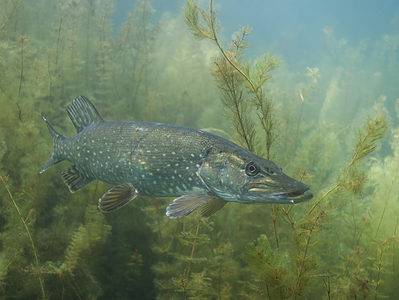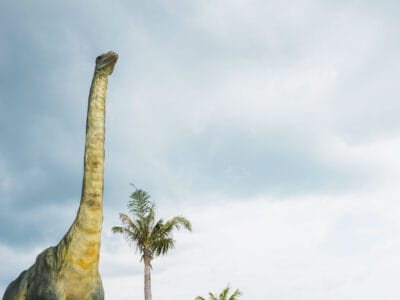Below you can find a complete list of Portuguese animals. We currently track 251 animals in Portugal and are adding more every day!
Portugal’s unique position in the world means that you can see many North African and European animals there. While many animals thrive in this fauna, others are endangered or extinct animals. The most threatened animals often live in rocky areas, forests, and wetlands. There are over 36 mammal species, 25 reptile species, and 19 amphibian species that live in Portugal.
The Official National Animal of Portugal
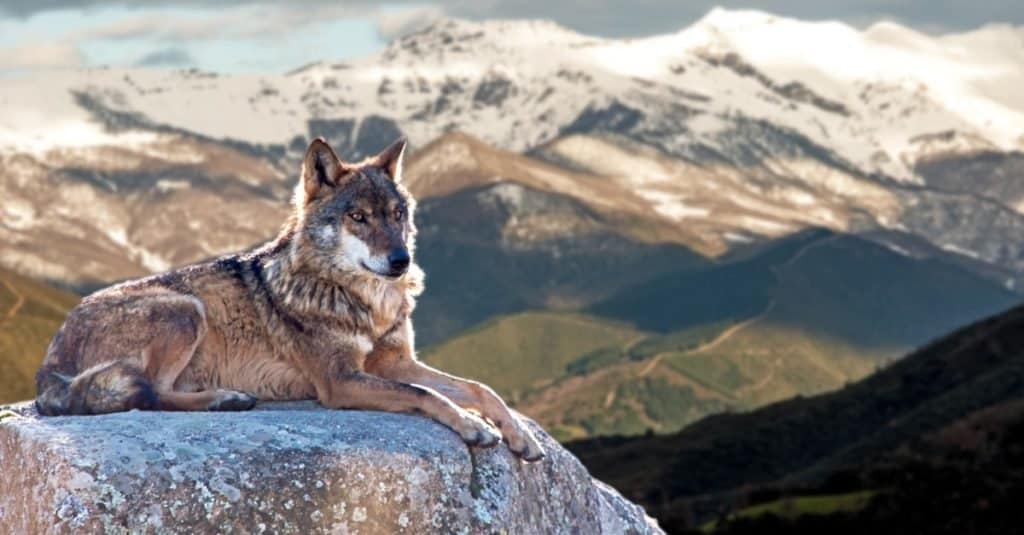
An Iberian wolf is thought by some to be the national animal of Portugal, though the country has no officially declared national animal.
©carlosobriganti/Shutterstock.com
While Portugal does not have a national animal, many residents think of the rooster as the national symbol. Legend says that a horrible crime had been committed. A stranger passing through the town was condemned for a crime that he did not commit. After the judge sentenced him, he declared that if he were innocent, a cooked rooster would crow when he was hung. It did, so now many believe that the rooster is a symbol of faith, good luck, and justice.
Others believe the Iberian wolf is the national symbol. The isolation of Portugal’s Iberian Peninsula has caused this wolf to develop differently from many wolves globally. This animal lives mainly in the country’s northern part and has dark marks on its tail and the upper part of its front legs. It also has a white mask around its upper lip.
Where To Find The Top Wildlife in Portugal
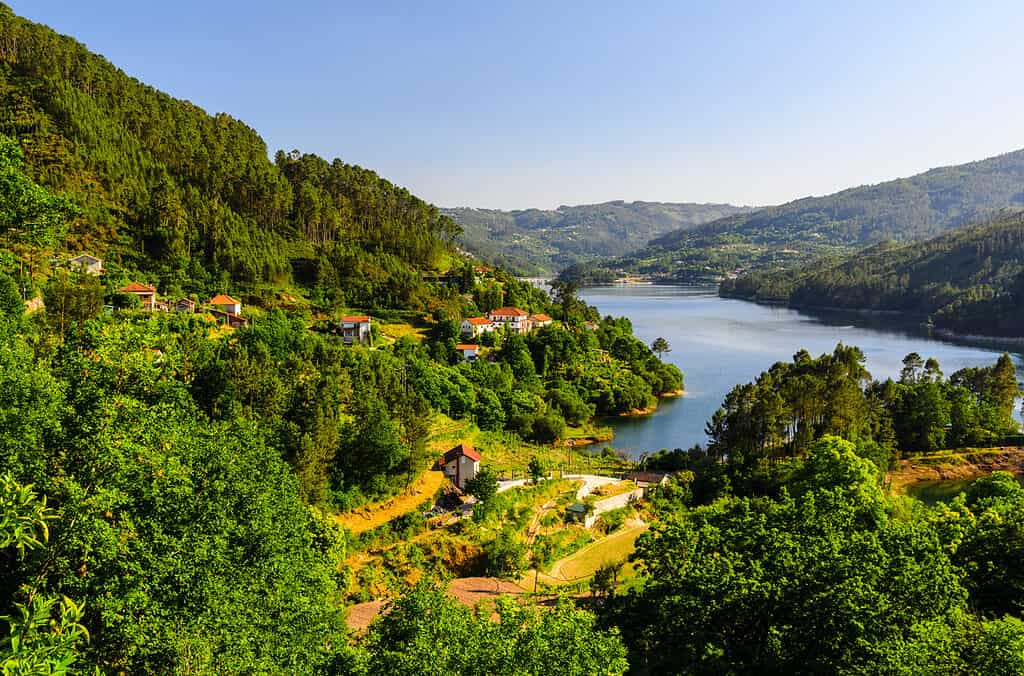
Many wild animals can be seen near the Cavado River and Peneda-Geres National Park in northern Portugal.
©iStock.com/Sergey_Peterman
There is only one national park in Portugal, but it is a terrific place to see wildlife. Peneda-Gerês National Park is a fantastic place to see foxes, wild boars, ibex, squirrels, and deer. Throughout the year, over 140 bird species visit this park.
Another fantastic place to go is Arrábida Natural Park because it is home to 213 species of vertebrates: eight amphibians, 16 reptiles, 154 birds, and 35 mammals. This park is home to wildcats, weasels, Bonelli’s eagles, and Eurasian Eagle owls, and you may spot rare red squirrels here.
Another terrific option is Tagus Estuary Natural Reserve. This location is the largest wetland in Portugal and one of the most important in Europe because of its three ponds that attract various migratory birds. Officials have spotted over 250 bird species in this area, including flamingos.
The Most Dangerous Animals In Portugal Today
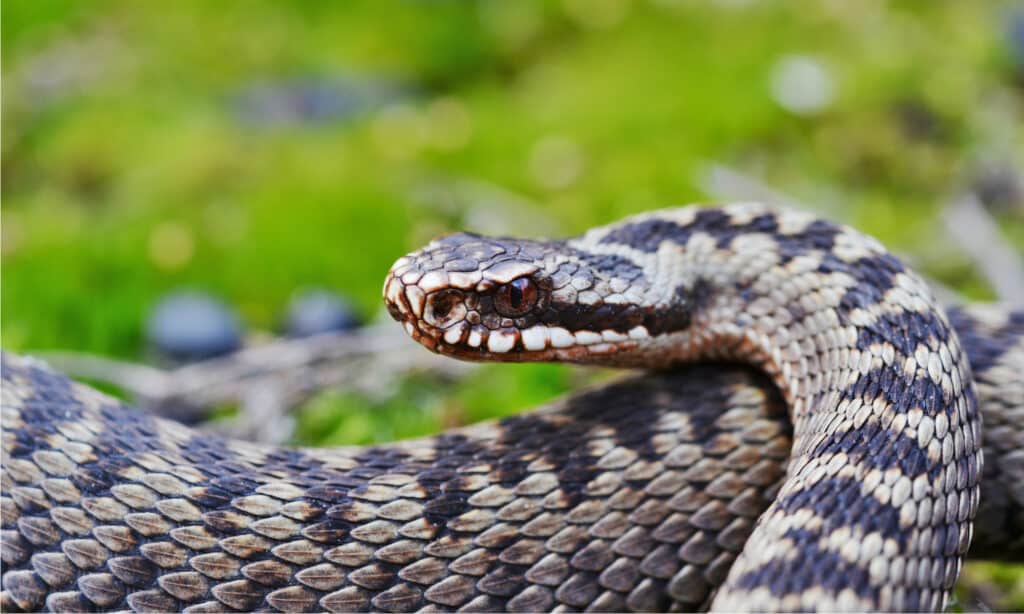
Common European Adder (Vipera berus) is a dangerous snake of Portugal.
©Holm94/Shutterstock.com
One of the most dangerous animals in Portugal is the Iberian Wolf. This large carnivore can reach up to 55 pounds and has been known to attack livestock, pets, and occasionally humans. Though attacks on humans are not common, it is still important for people living in rural areas of Portugal to take caution when encountering a wolf.
The European adder snake is also found in Portugal and can be extremely dangerous if encountered by humans. The venomous snake is responsible for over 90% of all poisonous bites throughout Europe every year. If you happen across an adder while out exploring nature in Portugal, it’s best to keep your distance as they are unpredictable creatures that may bite if feeling threatened or cornered.
Finally, the red foxes which inhabit much of rural Portugal have been known to carry rabies which presents a very real danger for anyone who interacts with them too closely or handles one without wearing gloves as protection against any potential infection from a bite wound or scratch. Rabies symptoms include fever, confusion, excessive salivation, and agitation. Should someone start exhibiting these signs after being around wild foxes, then medical attention must be sought immediately. Red foxes inhabit much of rural Portugal. ©iStock.com/Rejean Bedard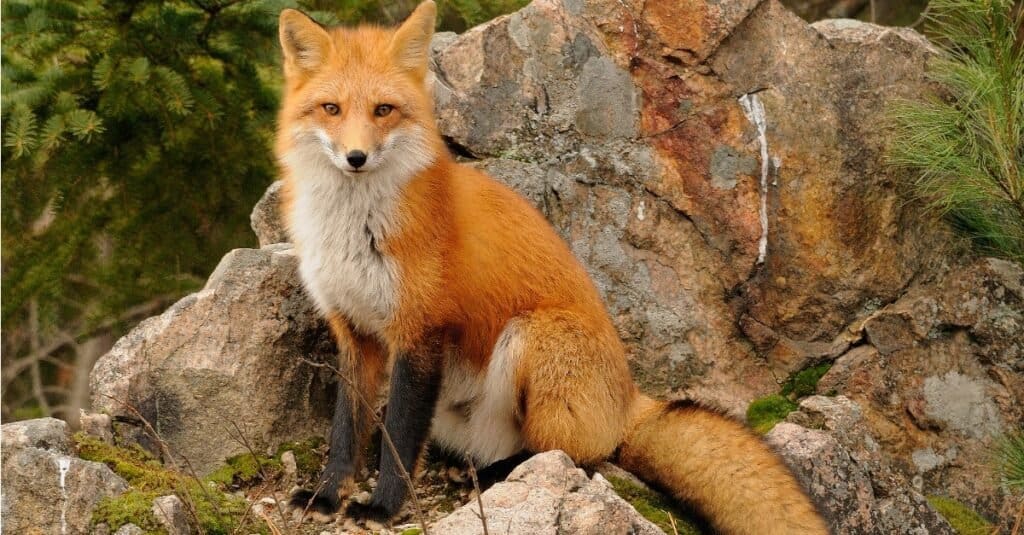
Some of Portugal’s other dangerous animals can be so small that you might not even notice them or large enough to scare you when you look at them. These include:
- Castor bean ticks – Castor bean ticks, sometimes called sheep ticks, usually are less than 1 inch in diameter, but they can carry many deadly diseases, like Lyme disease and tick-borne encephalitis.
- Portuguese Man o’ Wars – This animal’s tentacles can reach up to 150 feet. Not only will you feel intense pain if bitten, but you may experience fever, shock, and impaired heart and lung function.
- Wild boars – Once confined to the southern part of the country, wild boars are moving north. While they are usually nocturnal, you may see wild boars during the day in some areas, and they may carry swine flu.
- European scorpions – While a European scorpion’s bite is always painful, some carry diseases that can make humans very sick.
3 Rarest Animals in Portugal
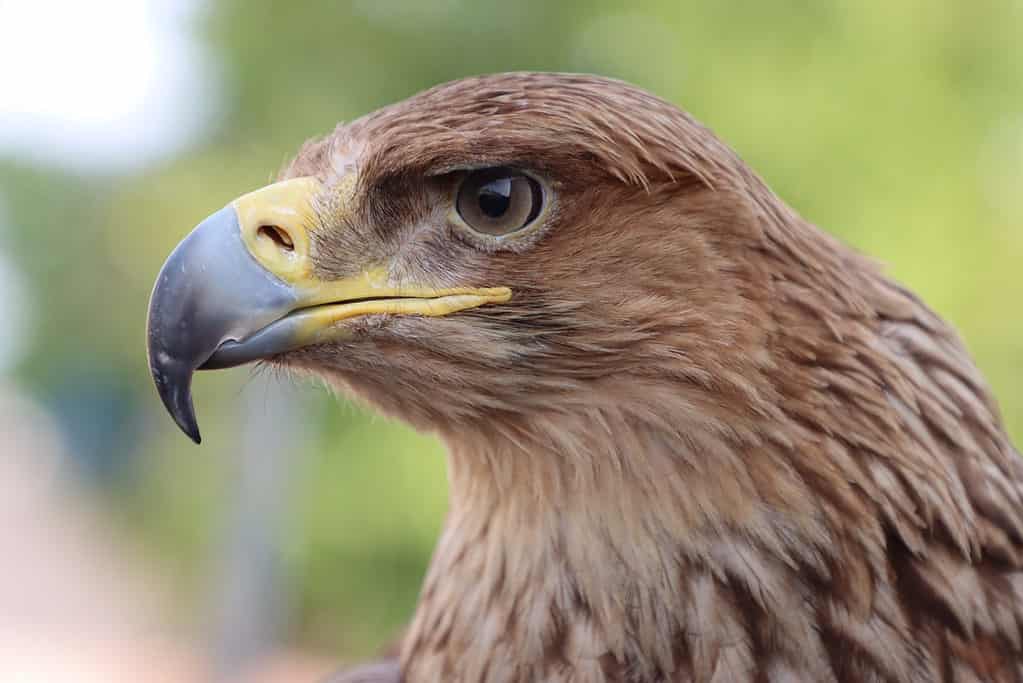
The eastern imperial eagle (Aquila heliaca) is a rare bird to spot in Portugal.
©Jrs Jahangeer/Shutterstock.com
The Iberian Lynx is one of the rarest animals in Portugal. This species is native to the Iberian Peninsula and can be found primarily in areas of dense shrubbery and forests, as well as meadows and grasslands near rivers. They are solitary cats with large ears, short tails, and long legs that have adapted to their environment by being able to jump up to six feet vertically! The average weight for an adult lynx ranges between 20-25 pounds. Their coat usually varies from greyish brown to reddish yellow, depending on the season.
The Pyrenean Desman is another extremely rare animal located in Portugal. It has a long nose that looks like an anteater’s snout, which it uses for diving into muddy streams or ponds looking for food such as worms, mollusks, crustaceans, larvae, etc. This small mammal lives mainly along lakeshores but also hangs around agricultural fields where food sources are abundant. They live mostly underground because they need protection from predators since they lack any sort of defense mechanism other than biting or clawing if cornered. The average length of this animal ranges between six to eight inches, with its tail measuring just two inches more than its body size!
Finally, we have the Portuguese Imperial Eagle, which is one of Europe’s most endangered birds at risk due to habitat loss caused by human activities such as deforestation and construction projects in rural areas leading these raptors to find alternative homes.
3 Largest Animals in Portugal
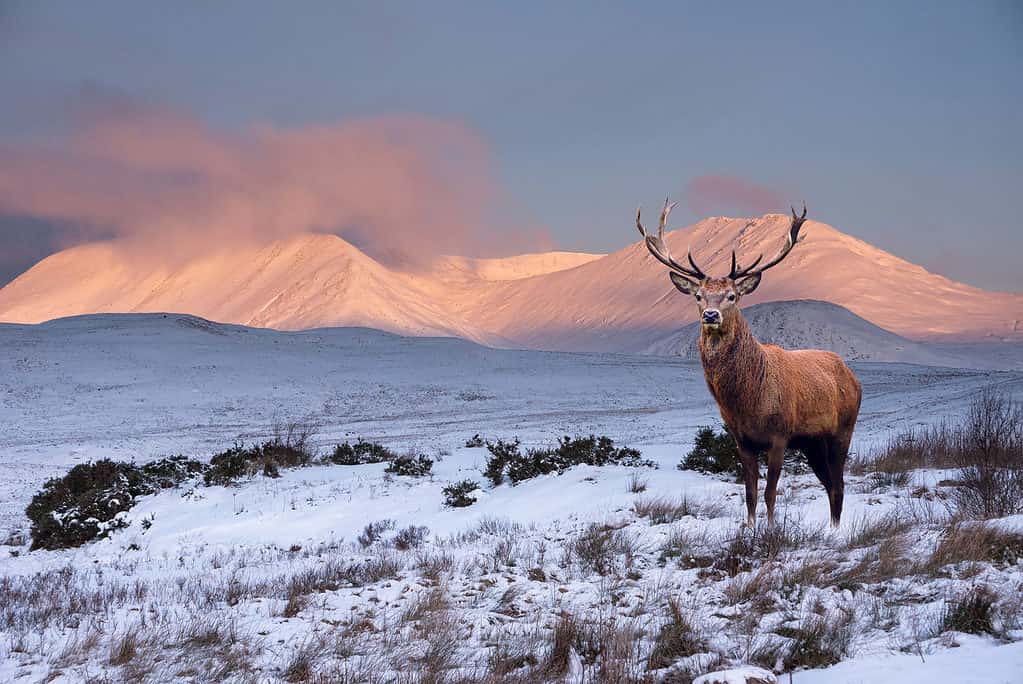
Red deer stags are found in Portugal and are one of the largest animals in the country.
©iStock.com/Matt_Gibson
The three largest animals in Portugal are the Iberian Lynx, the Cantabrian Brown Bear, and the Red Deer. The Iberian Lynx is a small wildcat that lives mainly in cork oak woodlands and shrubland habitats in the southern and central regions of Portugal. It is about 3.5 feet long from head to tail with a weight of 35 pounds. Its fur has a distinctive mottled pattern with shades of yellowish-brown, grayish-brown and white. The Iberian lynx has large tufts of black hair on its ears as well as whiskers which help it detect prey by hearing low sounds like rodents moving underground.
The Cantabrian brown bear also inhabits Portugal’s forests but prefers more mountainous areas than those preferred by the Iberian lynx. This species can grow up to 9 feet long and weigh up to 440 pounds! They have thick fur coats made up of different shades ranging from light tan to dark brown or even black for some individuals. These bears have sharp claws, which they use for digging out food sources such as tubers, roots, insects, fruits, and nuts from tree bark or logs that they find in their habitat.
Lastly, we have the Red Deer, which is one of Europe’s most iconic mammal species living across much of Portugal’s mainland territories, especially along riverside meadows near densely forested areas where there are plenty of plants for them to eat, like grass. Red deer can reach seven feet long, and males commonly weigh 440 pounds or more.
Endangered Animals In Portugal
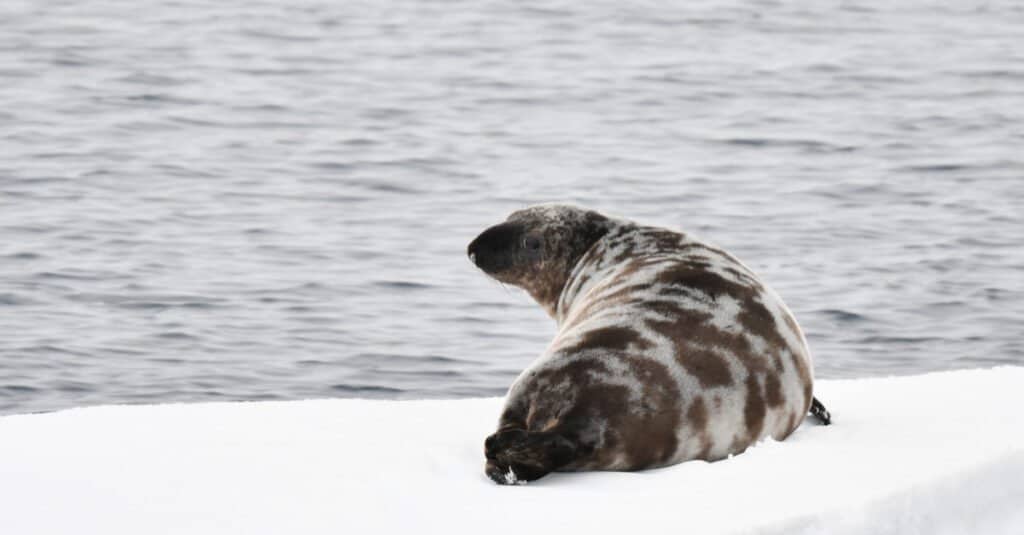
Hooded seals are endangered species found in Portugal.
©Agami Photo Agency/Shutterstock.com
In Portugal, there are a number of threats that put wild animals at risk of becoming endangered species. One of the main causes is hunting and poaching activities. Wild boar, red deer, and roe deer are all hunted for their meat in Portugal, which leads to population declines due to over-harvesting.
Additionally, illegal wildlife trade is also a problem in Portugal as many exotic species, such as parrots and reptiles, find their way into pet stores or private collections through smuggling networks.
Other threats include deforestation and habitat destruction caused by urbanization projects or agricultural expansion. This has resulted in an increase in human-animal conflicts due to the declining suitable habitats for wild animals. It is simultaneously increasing contact opportunities between humans and the wildlife they share space with.
Additionally, pollution from agricultural runoff can have serious impacts on aquatic ecosystems, which can lead to declines in fish stock. These fish are important food sources for predators such as birds of prey or otters who depend on these resources for sustenance. Climate change also poses a threat to animals living in Portugal by altering weather patterns leading to droughts or floods depending on the region, thus putting additional stress on populations already struggling against other anthropogenic pressures mentioned previously.
There are extinct and endangered animals in Portugal. Some extinct animals have been reintroduced, like the red squirrel, and are now endangered. While we will not deal with the long list of extent, endangered animals include:
- Azores Noctule bat
- Bechstein’s bat
- Eurasian otter
- Fin whale
- Garden dormouse
- Geoffroy’s bat
- Harbor porpoise
- Iberian lynx
- Lesser horseshoe bat
- Mediterranean horseshoe bat
- Mediterranean monk seal
- Madeira pipistrelle bat
- Mehely’s horseshoe bat
- Northern right whale
- Pyrenean desman
- Sperm whale
- Western Barbastelle bat
The Flag of Portugal
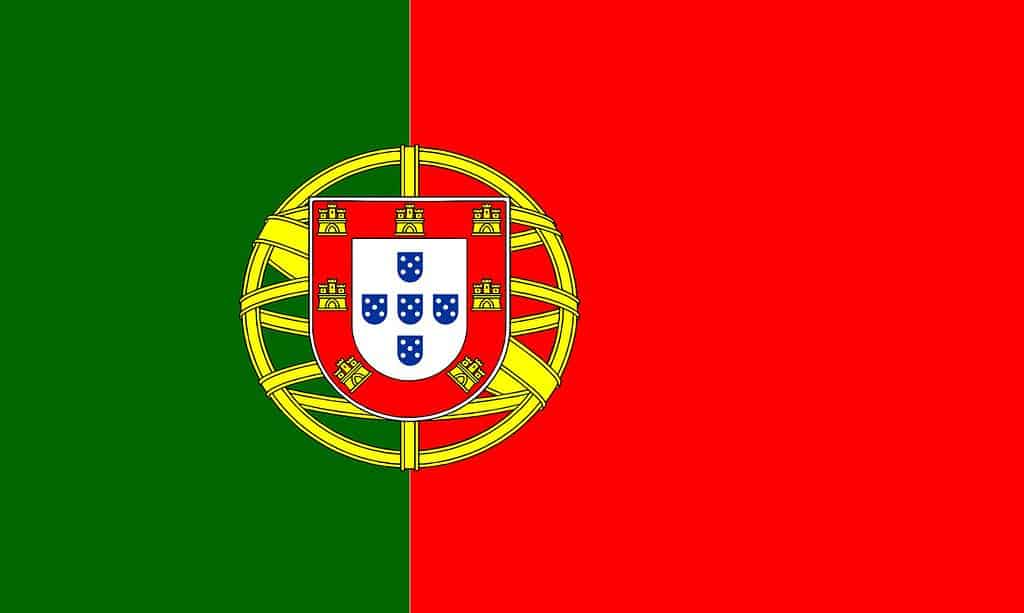
The flag of Portugal has green and red colors that are separated vertically. An armillary sphere in yellow and a shield in red can be seen in the center of the flag.
©iStock.com/Art illustration
The current flag of Portugal was officially adopted in 1911 after the country became a republic. It features two vertical stripes: one red and one green. In the center of the flag is an armillary sphere, which is a navigational tool used during ancient times to find coordinates for celestial navigation. The sphere has been adapted over time and now appears in yellow on the Portuguese flag. Below the armillary sphere is a shield with five castles representing each of Portugal’s original provinces that were united under King Afonso Henriques I in 1143 AD.
The colors of Portugal’s national flags have deep significance for its people, as they are representative of hope for future success and remembrance for those who gave their lives to create a unified Portuguese Republic. Green symbolizes optimism and hope, while red symbolizes courage, blood shed by those fighting against oppression, and victory achieved through unity among its citizens. This symbolism was carefully considered when designing this iconic representation of Portuguese identity. It conveys strength and resilience even in difficult times – values that remain deeply rooted within Portuguese culture today.
Since Portugal’s adoption of this flag more than 100 years ago, it has become an important source of pride throughout many generations- not just within Portugal itself but also amongst its diaspora throughout Europe and across all four corners of the world. Whether displayed at home or abroad, it serves as a reminder that no matter where you may go or live – your roots will always be forever connected to your home country.
Portuguese Animals

Admiral Butterfly
Stunningly beautiful wings

Allosaurus
Differnt Lizard” or Allosaurus weighed around two tonnes that is almost equal to a car.
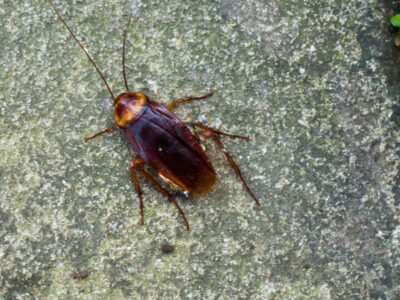
American Cockroach
Despite its name, actually originated from Africa and the Middle East

Ant
First evolved 100 million years ago!
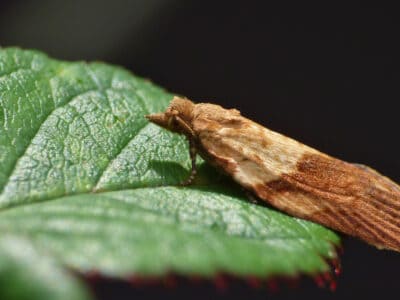
Apple Moth
In Australia the LBAM causes $21.1 million annually in lost production and control costs

Armyworm
They are so named because they "march" in armies of worms from one crop to another in search of food

Aurochs
Extinct ancestor of all domesticated cattle!

Avocet
Has a curved, upturned beak!
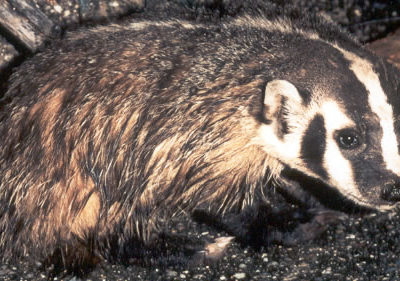
Badger
Can reach speeds of 30 km/h!

Barn Owl
Found everywhere around the world!

Barn Swallow
Older offspring help care for new hatchlings.

Bat
Detects prey using echolocation!

Bed Bugs
Bed bugs feed for 4-12 minutes.

Bee
Rock paintings of bees date back 15,000 years

Beetle
There are more than 350,000 different species

Beewolf wasp
They hunt bees

Bird
Not all birds are able to fly!

Biscuit Beetle
The biscuit beetle form a symbiotic relationship with yeast

Black Widow Spider
They typically prey on insects!

Blue Dragon Sea Slug
They inflict a painful, venomous sting
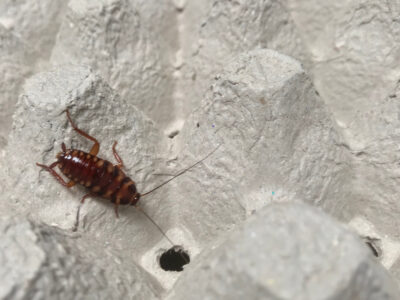
Brown-banded Cockroach
Females glue egg cases to furniture

Brown Dog Tick
Can live its entire life indoors

Bumblebee
The most common species of bee!

Butterfly
There are thought to be up 17,500 species!

Camel Cricket
The camel crickets that are found in the USA are light brown in color. They also have dark streaks all over their body.

Carpenter Ant
Carpenter ants can lift up to seven times their own weight with their teeth!

Cat
May have been domesticated up to 10,000 years ago.

Caterpillar
The larvae of a moth or butterfly!

Catfish
There are nearly 3,000 different species!

Centipede
There are about 3,000 documented species!

Chamois
Natively found in the European mountains!

Chicken
First domesticated more than 10,000 years ago!
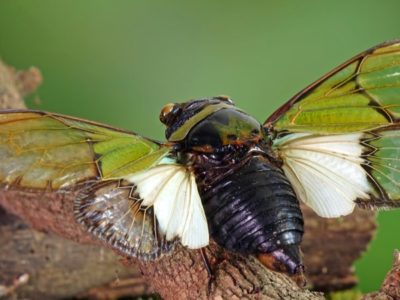
Cicada
Cicadas have one of the longest insect lifespans
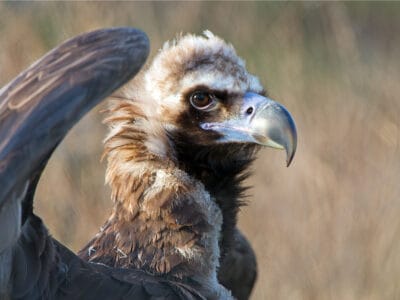
Cinereous Vulture
This vulture can fly at great heights. At least one was found a few thousand feet from the top of Mount Everest.

Cockroach
Dated to be around 300 million years old!

Codling Moth
Pupae are able to undergo diapause to survive poor fruit yield years and winter.

Common Buzzard
The most common raptor in the UK!
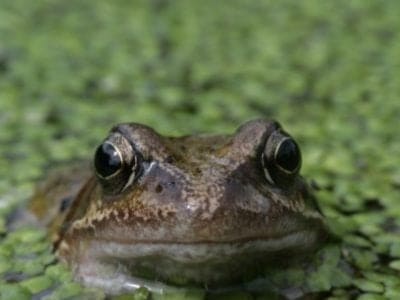
Common Frog
Found throughout the European continent!

Common Furniture Beetle
The common furniture beetle feeds exclusively on wood

Common House Spider
House spiders have the ability to eat most insects in a home.
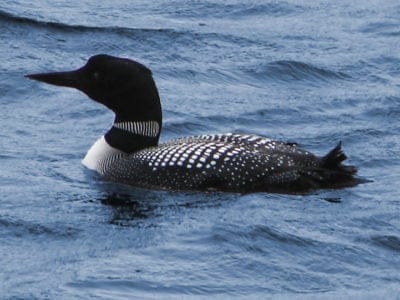
Common Loon
Also known as the Great Northern Diver

Common Raven
A group of ravens is called an unkindness or a conspiracy.

Common Toad
Most active in wet weather!

Cormorant
They can fly 35 mph and dive 150 feet below water.

Cow
There are nearly 1.5 billion worldwide!

Crab
There are 93 different crab groups

Crab Spider
Crab Spiders can mimic ants or bird droppings

Crane
Many are critically endangered species!

Cricket
Male crickets can produce sounds by rubbing their wings together

Crow
A group of these birds is called a Murder.

Deer
There are around 40 different species!
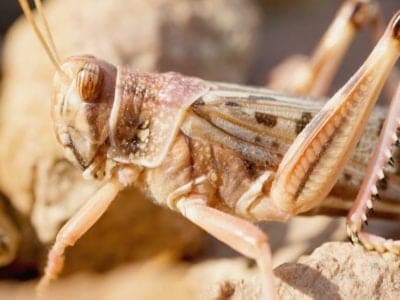
Desert Locust
Solitary locusts are grey while gregarious locusts are yellow with stripes.
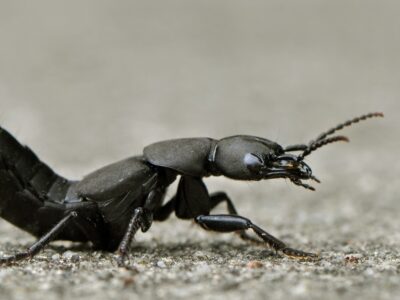
Devil’s Coach Horse Beetle
The Devil’s coach horse beetle can emit a noxious substance to deter predators

Dog
First domesticated in South-East Asia!

Dog Tick
Dog ticks feed on dogs and other mammals

Donkey
First domesticated 5,000 years ago!

Dragonfly
It's larvae are carnivorous!

Duck
Rows of tiny plates line their teeth!

Dung Beetle
The dung beetle can push objects many times its own weight

Eagle
Has exceptional eyesight!

Earthworm
They are hermaphrodites, which means they have male and female organs

Earwig
There are nearly 2,000 different species!

Edible Frog
Are known to guard the muddy banks!

Eel
Eels can be a mere few inches long to 13 feet!
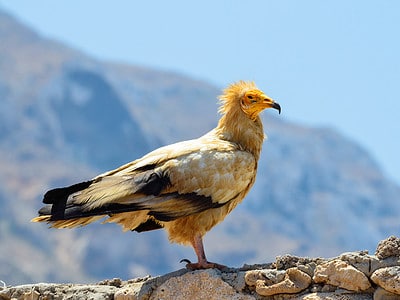
Egyptian Vulture
They steal large ostrich eggs and use rocks and pebbles to crack the shells.

Ermine
A very bold and ferocious predator!

Estrela Mountain Dog
Very protective and stubborn!
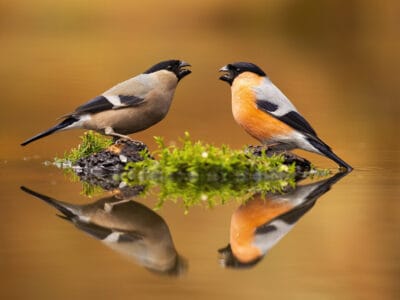
Eurasian Bullfinch
The shy eurasian bullfinch prefers to forage very close to cover.

Eurasian Eagle-owl
The Eurasian Eagle-owl is the second largest owl in the world with a wingspan up to six feet!
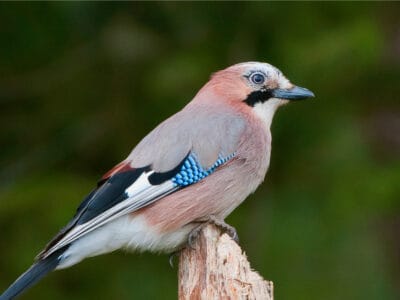
Eurasian Jay
The Eurasian jay has the ability to mimic other sounds
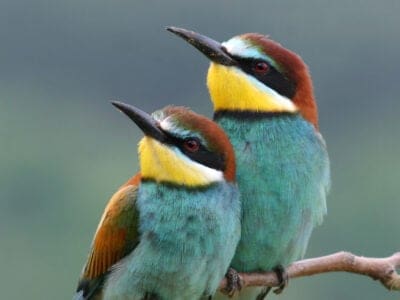
European Bee-Eater
They can eat up to 250 bees per day!
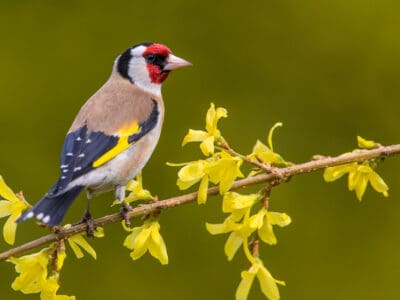
European Goldfinch
They are frequent visitors to backyard feeders, especially those containing niger seeds.

European Robin
Male robins are so aggressive and territorial that they will attack their own reflections.

European Wildcat
A group of wild cats is called a destruction

Falcon
The fastest creatures on the planet!

Fallow deer
The fallow deer has more variation in its coat colors than most other deer.

False Widow Spider
False spiders actually prey on black widow spiders and other hazardous spiders
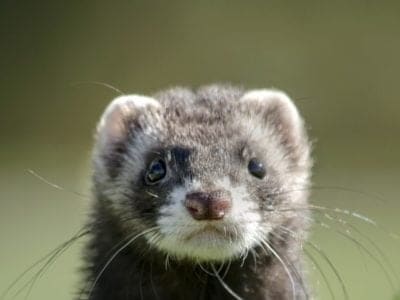
Ferret
Ferrets can be trained to do tricks like dogs!
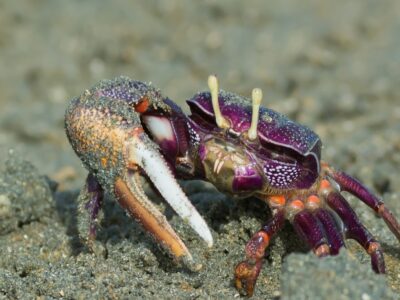
Fiddler Crab
The fiddler crab gets its name from the motion the males make with their over-sized claw during the mating ritual.
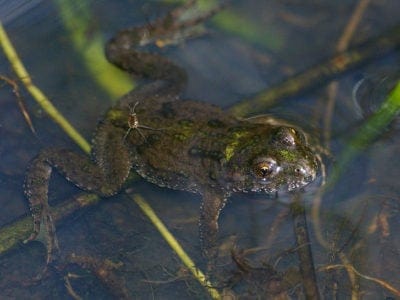
Fire-Bellied Toad
Found across mainland Europe and Asia!
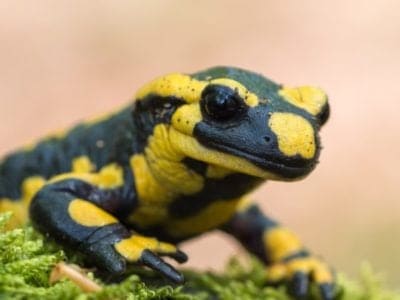
Fire Salamander
Its name comes from the fact that people once believed it was born in fire

Firefly
The firefly produces some of the most efficient light in the world

Flea
Adult fleas can jump up to 7 inches in the air

Fly
There are more than 240,000 different species!

Flying Squirrel
Can glide up to 90 meters!

Fox
Only 12 species are considered "true foxes"

Frog
There are around 7,000 different species!

Fruit Fly
Fruit flies are among the most common research animals in the world
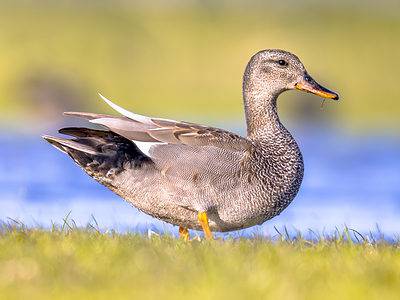
Gadwall
They make many sounds when trying to attract a mate.

Genet
The Genet has retractable claws like a cat

German Cockroach
The most common type of urban roach

Glass Lizard
Can grow up to 4ft long!

Glowworm
Found inhabiting dense woodland and caves!

Gnat
Males form large mating swarms at dusk

Goat
Most closely related to the Sheep!

Goldcrest
The goldcrest never starts moving and needs to consume for most of the day to survive. Therefore, in the colder months, it's best that eat 90% a day.

Golden Eagle
Their calls sound like high-pitched screams, but they are quiet most of the time.

Golden Oriole
Migrates between Europe and Asia!

Goose
There are 29 different species!

Grasshopper
There are 11,000 known species!
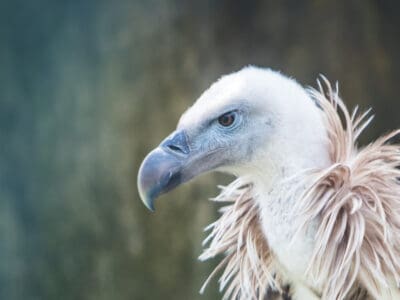
Griffon Vulture
Can spot a dead animal from thousands of feet away

Gypsy Moth
One of the most invasive species in the world

Hamster
Able to run as quickly backwards as forwards!

Harbor Porpoise
Surprisingly, not a dolphin!

Hare
Can reach speeds of over 50 mph!

Hawk Moth Caterpillar
Many hawk moth caterpillars eat toxins from plants, but don’t sequester them the way milkweed butterflies do. Most toxins are excreted.

Hedgehog
Thought to be one of the oldest mammals on Earth!

Heron
Inhabits wetlands around the world!

Highland Cattle
Natively found in the Scottish Highlands!

Honey Bee
There are only 8 recognized species!
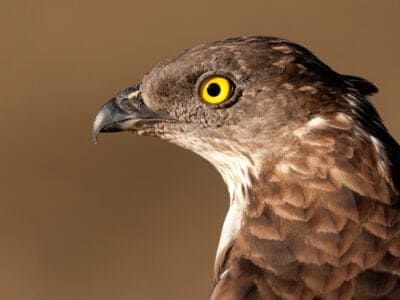
Honey Buzzard
Honey buzzards are medium-sized raptors that earned their names by raiding the nests of bees and wasps.

Hoopoe
Stunning bird with a stinky way to deter predators!

Horse
Has evolved over 50 million years!

Horsefly
Horseflies have been seen performing Immelmann turns, much like fighter jets.

Housefly
The fly has no teeth

Human
Thought to have orignated 200,000 years ago!

Huntsman Spider
Some huntsman spiders have an interesting way of moving around. Some cartwheel while others do handsprings or backflips.
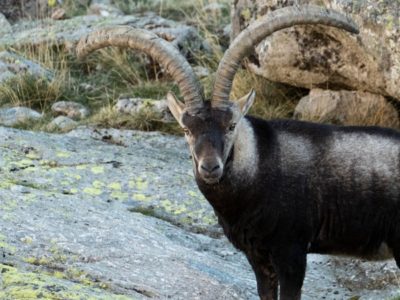
Ibex
Can jump over 6 feet straight up from a standstill

Insects
There are an estimated 30 million species!

Jack Crevalle
One of the biggest species in the Caranx genus

Jackdaw
The jackdaw tends to mate for life with a single partner

Jumping Spider
Some can jump 50 times the length of their bodies
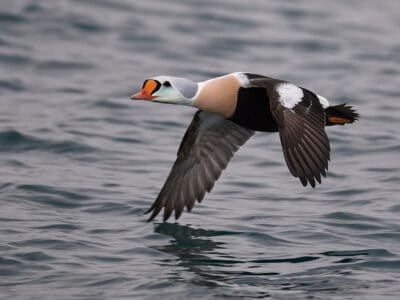
King Eider
The species name, spectabilis, is Latin for “showy” or “remarkable,” referencing the attractiveness of the adult male’s plumage.

Kingfisher
Inhabits wetlands and woodlands worldwide!

Ladybug
There are more than 5,000 species worldwide!

Leech
Has 10 pairs of eyes!

Lemming
Does not hibernate during the bitter Arctic winter!

Linnet
While linnets are monogamous during mating season, they do not mate for life. While breeding pairs are together, the males are highly territorial and will defend the nesting site and the surrounding area.

Lizard
There are around 5,000 different species!

Locust
Each locust can eat its weight in plants each day.

Long-Eared Owl
Ear tufts make it look bigger!
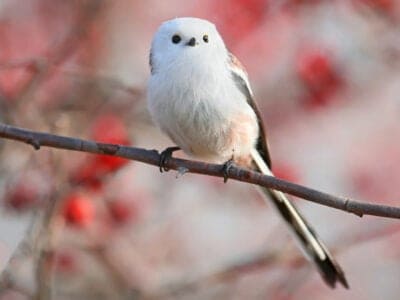
Long-Tailed Tit
Often hangs upside down while feeding!

Magpie
They are found across Europe, Asia and Africa!

Marsh Frog
Has bright green skin!

Mayfly
There are 2,500 known species worldwide!

Mealybug
They have a symbiotic relationship with ants.

Millipede
Some species have a poisonous bite!

Mole
Primarily hunts and feeds on Earthworms!

Mole Cricket
Adult Mole crickets may fly as far as 5 miles during mating season and are active most of the year.

Mongrel
Has characteristics of two or more breeds!

Moorhen
Feeds on aquatic insects and water-spiders!

Mosquito
Only the female mosquito actually sucks blood

Moth
There are 250,000 different species!

Mouse
Found on every continent on Earth!

Mule
The offspring of a horse and donkey parents!

Natterjack
Can lay up to 7500 eggs

Neanderthal
Roamed Asia and Europe for around 100,000 years!

Nematode
Nematodes range in size from 1/10 of an inch to 28 feet long

Newt
Able to regrow lost or damaged limbs!

Nightingale
Named more than 1,000 years ago!

No See Ums
There are more than 5,000 species.

Northern Pintail
Northern pintails migrate at night with speeds reaching 48 miles per hour!

Old House Borer
Depending on the habitat and climate, these beetles can live between 2 to 10 years, often staying in their larval stage for several years, making them extremely dangerous to wooden structures.

Orb Weaver
Females are about four times the size of males

Ortolan Bunting
The tradition of hiding your face with a napkin or towel while eating this bird was begun by a priest who was a friend of the great French gastronome Jean Anthelme Brillat-Savarin.

Osprey
They reuse nesting sites for 70 years!

Otter
There are 13 different species worldwide

Owl
The owl can rotate its head some 270 degrees
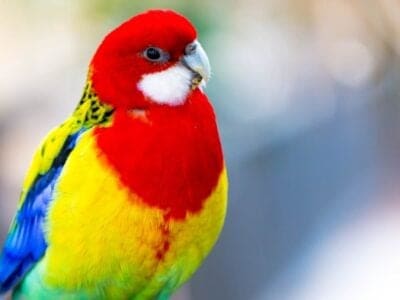
Parakeet
Monk parakeets are the only parakeets that actually build nests. They’re also the only parakeets to nest in great colonies.
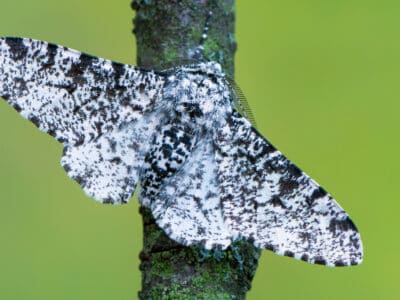
Peppered Moth
Teachers in schools often use the evolution of the peppered moth as a good example of Darwin’s theory of natural selection.

Peregrine Falcon
Fastest animal on Earth

Pheasant
Females lay between 8 and 12 eggs per clutch!

Pig
Thought to have been domesticated in 9,000 BC!

Pigeon
They can find their way back to their nests from up to 1300 miles away.

Pika
Found in mountainous regions and rocky areas

Pine Marten
A pine marten can jump from tree to tree similar to a squirrel.

Pompano Fish
They are bottom-feeders

Pond Skater
There are 500 different species!
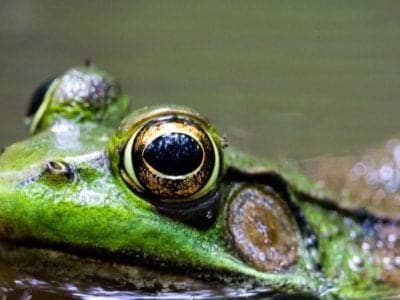
Pool Frog
The rarest amphibian in the UK!

Porcupine
There are 30 different species worldwide!
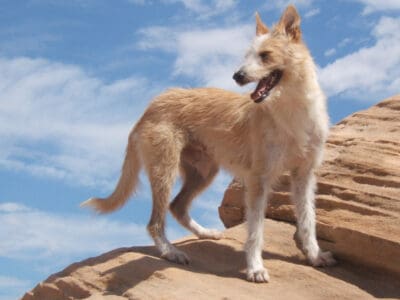
Portuguese Podengo
The Portuguese Podengo Pequeno is considered to be quite possibly the world’s smallest hunting dog.

Purple Emperor Butterfly
Inhabits deciduous forests!
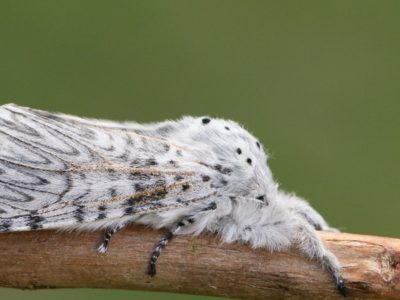
Puss Moth
Caterpillars squirt formic acid!

Quail
Inhabits woodland and forest areas worldwide!

Rabbit
There are more than 300 different species!
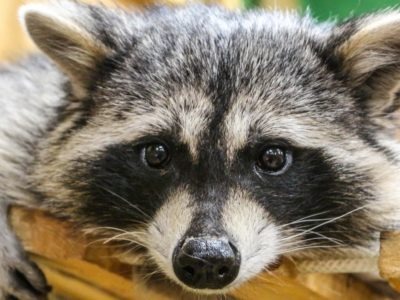
Raccoon
Known to wash their food before eating it!
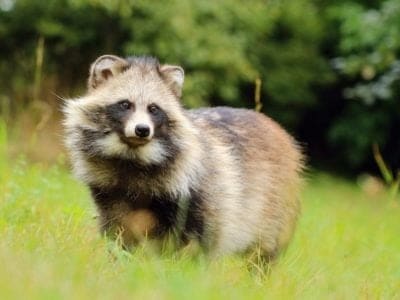
Raccoon Dog
The only hibernating canine!

Rat
Omnivores that eat anything!

Rat Snakes
Rat snakes are constrictors from the Colubridae family of snakes.

Red Deer
A male red deer shows his age in his antlers, which become longer and more branched every year.
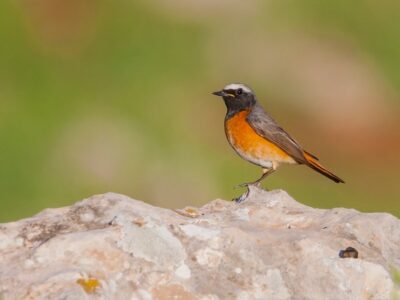
Redstart
They build their nests off the ground in tree holes, cavities, stone walls, and roofs

River Turtle
Inhabits freshwater habitats around the world!

Robin
There are more than 45 species in Australia alone!

Rodents
The capybara, the world’s largest rodent, likes to be in and around bodies of water. Because of this, the Catholic Church in South America decided that it was a fish, and people were allowed to eat it during Lent and First Fridays.
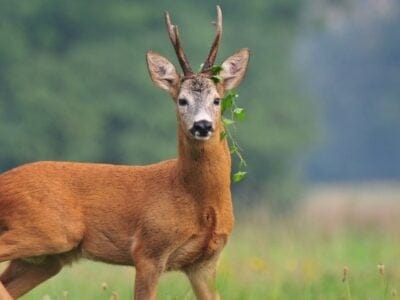
Roe Deer
The roe is one of the most popular game animals in Europe

Rooster
Will mate with the entire flock!

Ruddy Duck
Ruddy duck breeding males have bright blue bills!

Sable Ferret
Ferrets were used during the Revolutionary War to keep down the rat population.

Salamander
There are more than 700 different species!

Sand Crab
The sand crab burrows beneath the sand with its tail

Scorpion
There are around 2,000 known species!

Sea Eagle
The sea eagle tends to mate for life with a single partner

Seahorse
Males give birth to up to 1,000 offspring!

Sheep
Around 35 million in the English countryside!

Short-Eared Owl
The short-eared owl is one of the most widespread owl species in the world, covering five continents.

Shrew
The spinal column of the shrew Scutisorex somereni is so strong and reinforced that it can support the weight of an adult human.

Shrimp
There are 2,000 different species worldwide!

Skink Lizard
Some skinks lay eggs in some habitats while giving birth to skinklets in other habitats.

Slow Worm
Found widely throughout British gardens!

Slug
They glide around on one foot, which is aided by the slime they produce

Smokybrown Cockroach
Has up to 45 eggs per egg case

Snail
There are nearly 1,000 different species!

Snake
There are around 4,000 known species worldwide

Snowy Owl
One of the largest owl species in the world!
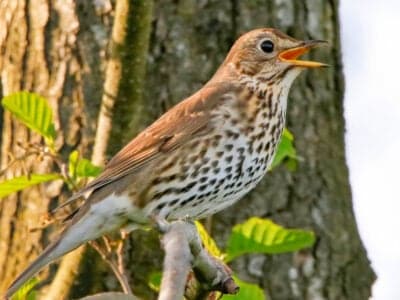
Song Thrush
A male song thrush can have over 100 phrases in his repertoire of songs and can imitate pet birds, telephones and other man-made objects.

Spadefoot Toad
They spend most of their time underground!

Sparrow
There are 140 different species!

Spider Wasp
They prey on spiders to feed their larvae or they parasitize other spider wasps.
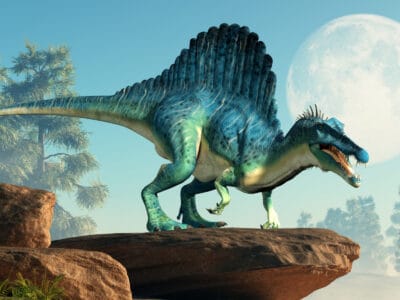
Spinosaurus
The Spinosaurus is the biggest carnivorous dinosaur ever discovered!

Squirrel
Small rodents found in woodlands worldwide!

Stick Insect
There are more than 3,000 different species!

Stoat
Average adults weigh about 200 grams!

Stork
They can’t sing like other birds.

Swan
Populations have been affected by pollution!
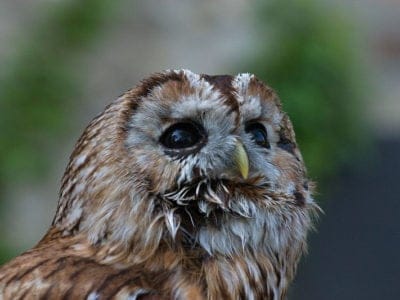
Tawny Owl
The most widespread owl in Europe!

Termite
Their mounds can be up to 9 meters tall!
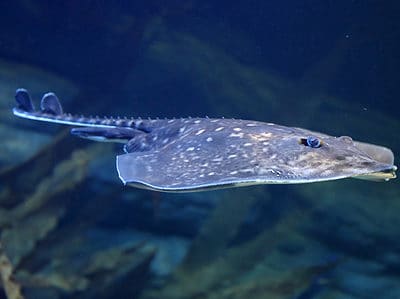
Thornback Ray
The skate with the biggest spines!

Thrush
The American robin is called the robin because its red breast reminded European settlers of the robin back in the old country.

Tick
They inject hosts with a chemical that stops them from feeling the pain of the bite

Tiger Beetle
The adult tiger beetle is one of the fastest land insects in the world
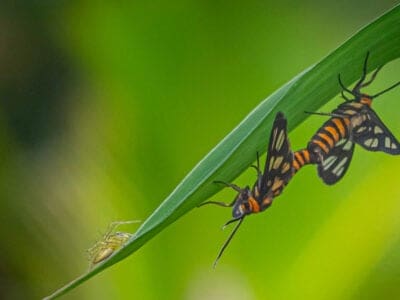
Tiger Moth
The bright colors of this moth are a signal to predators that it has a terrible taste.

Tortoise
Can live until they are more than 150 years old!

Tree Cricket
They make music with their wings

Tree Frog
Found in warmer jungles and forests!

Turtles
Some species of aquatic turtles can get up to 70 percent of their oxygen through their butt.

Viper
Vipers are one of the most widespread groups of snakes and inhabit most

Vulture
There are 30 different species worldwide!

Wasp
There are around 75,000 recognised species!

Water Buffalo
Has been domesticated for thousands of years!
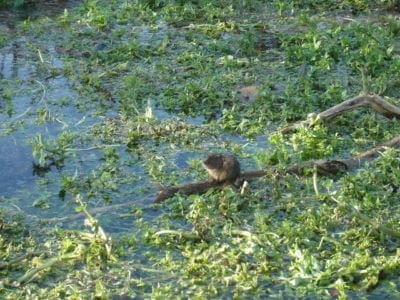
Water Vole
The largest Vole species in the UK!

Wax Moth
The Wax Moth larvae are more dangerous than the adult.

Weasel
The smallest carnivorous mammal in the world!

White Ferret / Albino Ferrets
There are two different types of white ferrets!

Whiting
"Whiting" can refer to certain other species of ray-finned fish
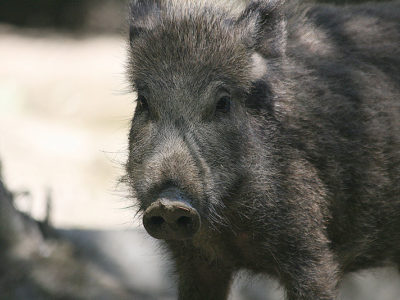
Wild Boar
Males have a top tusk to sharpen the bottom one!

Wolf
Thought to date back more than 300,000 years!

Wolf Spider
Carnivorous arachnid that hunts its prey.

Woodlouse
This animal can roll up into a ball

Woodlouse Spider
Unlike most spiders, woodlouse spiders don’t build a web.

Woodpecker
There are 200 different species!

Worm
Doesn’t have eyes.

Wryneck
They feign death by making their bodies limp and closing their eyes.
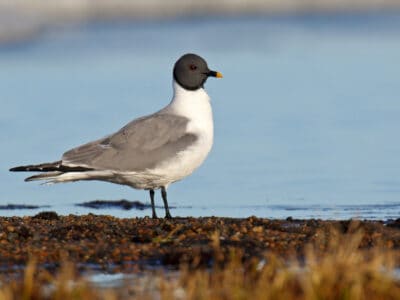
Xeme (Sabine’s Gull)
They follow after seals and whales to eat their scraps.

Yellowhammer
It interbreeds with the pine bunting
Portuguese Animals List
- Admiral Butterfly
- Allosaurus
- American Cockroach
- Ant
- Apple Moth
- Armyworm
- Aurochs
- Avocet
- Badger
- Barn Owl
- Barn Swallow
- Bat
- Bed Bugs
- Bee
- Beetle
- Beewolf wasp
- Bird
- Biscuit Beetle
- Black Widow Spider
- Blue Dragon Sea Slug
- Brown-banded Cockroach
- Brown Dog Tick
- Bumblebee
- Butterfly
- Camel Cricket
- Carpenter Ant
- Cat
- Caterpillar
- Catfish
- Centipede
- Chamois
- Chicken
- Cicada
- Cinereous Vulture
- Cockroach
- Codling Moth
- Common Buzzard
- Common Frog
- Common Furniture Beetle
- Common House Spider
- Common Loon
- Common Raven
- Common Toad
- Cormorant
- Cow
- Crab
- Crab Spider
- Crane
- Cricket
- Crow
- Cuckoo
- Deer
- Desert Locust
- Devil’s Coach Horse Beetle
- Dog
- Dog Tick
- Donkey
- Dormouse
- Dragonfly
- Duck
- Dung Beetle
- Eagle
- Earthworm
- Earwig
- Edible Frog
- Eel
- Egyptian Vulture
- Ermine
- Estrela Mountain Dog
- Eurasian Bullfinch
- Eurasian Eagle-owl
- Eurasian Jay
- European Bee-Eater
- European Goldfinch
- European Robin
- European Wildcat
- Falcon
- Fallow deer
- False Widow Spider
- Ferret
- Fiddler Crab
- Fire-Bellied Toad
- Fire Salamander
- Firefly
- Flea
- Fly
- Flying Squirrel
- Fox
- Frog
- Fruit Fly
- Gadwall
- Genet
- German Cockroach
- Glass Lizard
- Glowworm
- Gnat
- Goat
- Goldcrest
- Golden Eagle
- Golden Oriole
- Goose
- Grasshopper
- Griffon Vulture
- Gypsy Moth
- Hamster
- Harbor Porpoise
- Hare
- Hawk Moth Caterpillar
- Hedgehog
- Heron
- Highland Cattle
- Honey Bee
- Honey Buzzard
- Hoopoe
- Horse
- Horsefly
- Housefly
- Human
- Huntsman Spider
- Ibex
- Iguanodon
- Insects
- Jack Crevalle
- Jackdaw
- Jumping Spider
- King Eider
- Kingfisher
- Kitefin Shark
- Ladybug
- Leech
- Lemming
- Linnet
- Lizard
- Locust
- Long-Eared Owl
- Long-Tailed Tit
- Magpie
- Marsh Frog
- Mayfly
- Mealybug
- Millipede
- Mole
- Mole Cricket
- Mongrel
- Moorhen
- Mosquito
- Moth
- Mouse
- Mule
- Natterjack
- Neanderthal
- Nematode
- Newt
- Nightingale
- No See Ums
- Northern Pintail
- Old House Borer
- Orb Weaver
- Ortolan Bunting
- Osprey
- Otter
- Owl
- Parakeet
- Peppered Moth
- Peregrine Falcon
- Pheasant
- Pig
- Pigeon
- Pika
- Pike Fish
- Pine Marten
- Pompano Fish
- Pond Skater
- Pool Frog
- Porcupine
- Portuguese Podengo
- Purple Emperor Butterfly
- Puss Moth
- Quail
- Rabbit
- Raccoon
- Raccoon Dog
- Rat
- Rat Snakes
- Red Deer
- Redstart
- River Turtle
- Robin
- Rodents
- Roe Deer
- Rooster
- Ruddy Duck
- Sable Ferret
- Salamander
- Sand Crab
- Scorpion
- Sea Eagle
- Seahorse
- Sheep
- Short-Eared Owl
- Shrew
- Shrimp
- Skink Lizard
- Slow Worm
- Slug
- Smokybrown Cockroach
- Snail
- Snake
- Snowy Owl
- Song Thrush
- Spadefoot Toad
- Sparrow
- Spider Wasp
- Spinosaurus
- Squirrel
- Stick Insect
- Stoat
- Stork
- Supersaurus
- Swallowtail Butterfly
- Swan
- Tawny Owl
- Termite
- Thornback Ray
- Thrush
- Tick
- Tiger Beetle
- Tiger Moth
- Tortoise
- Tree Cricket
- Tree Frog
- Turtles
- Viper
- Vulture
- Wasp
- Water Buffalo
- Water Vole
- Wax Moth
- Weasel
- White Ferret / Albino Ferrets
- Whiting
- Wild Boar
- Wolf
- Wolf Spider
- Woodlouse
- Woodlouse Spider
- Woodpecker
- Worm
- Wryneck
- Xeme (Sabine’s Gull)
- Yellowhammer
Animals in Portugal FAQs (Frequently Asked Questions)
What animals live in Portugal?
There are almost 500 species of wildlife found in Portugal, including wild boars, wild goats, fallow deer, foxes and Iberian hares. Additionally, farmers raise at least 13 cow breeds, including the Arouquesa and Barrosã breeds that enjoy protected geographical status. Also, the Bísaro pig breed originates in the country.
What dangerous animals live in Portugal?
While many might argue that the most dangerous animals in Portugal are large ones, like foxes and wild boars, more people are injured annually by small ones, like the castor bean tick and the European scorpion.
What is the national animal of Portugal?
There is no official animal of Portugal.
Are there bears in Portugal?
People have reported brown bears wandering into Portugal from Northern Spain. A bear sighting in 2019 was the first confirmed by wildlife officials in more than 100 years. Wildlife officials believe that there may be more bears based on tracks they have found.







